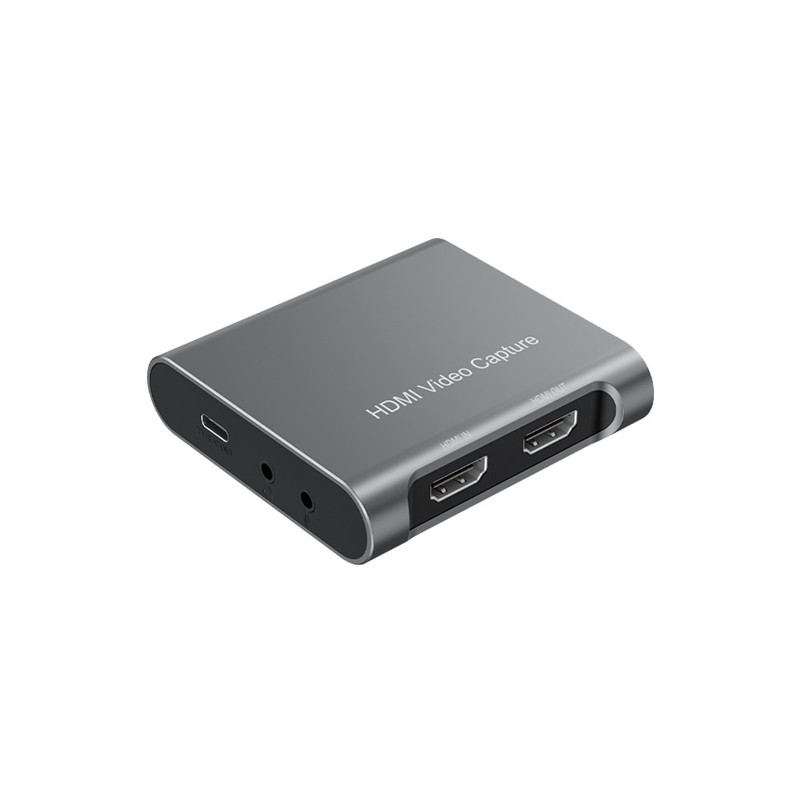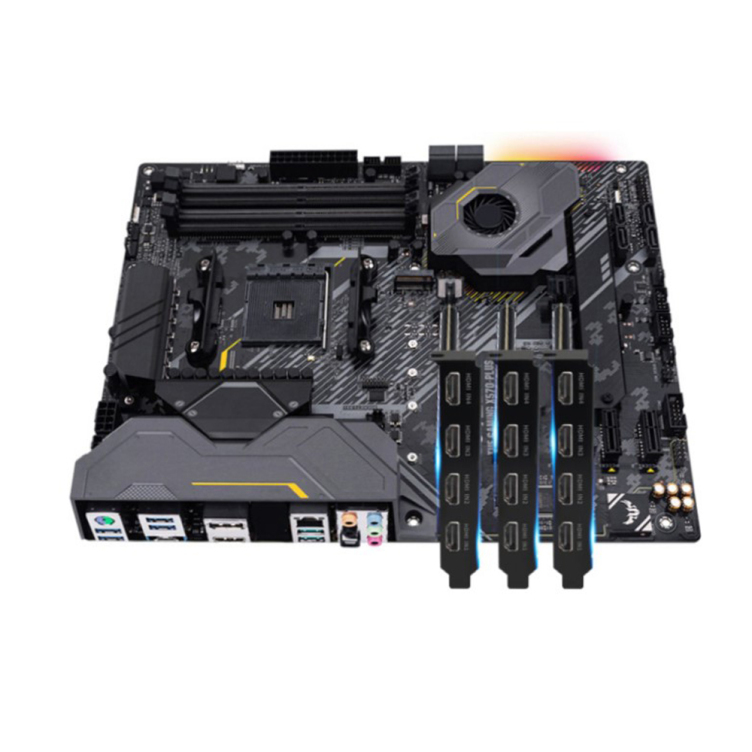By PURPLELEC | 19 May 2023 | 0 Comments
Differences between built-in acquisition cards and external acquisition cards
At present, we are generally divided into two types of "video capture card", built-in acquisition card and external acquisition card, as the name suggests, the former can be directly built into the computer host, the latter is external connection.
The built-in acquisition card mainly uses PCI-E ports with two HDMI ports to support 4K 60Hz input/loop out and 1080P 60Hz acquisition. And according to the interface standard is different, better can enter 4K 60Hz (RGB) video acquisition;
It is important to note that loop out and capture are two concepts. The former is just the raw image you see, while the final effect of recording is subject to capture.


The external acquisition card is generally subject to USB-A interface and supports USB 2.0/USB 3.0. With the change of computer interface, it is gradually subject to Type-C interface. The stronger performance products also support Lightning 3.
The same advanced external acquisition card can support 4K 60Hz picture capture, and support 4K 60Hz HDR and 1080P 240Hz on the input/loop out. It can also have a soundboard input, microphone input and headphone output.
Purplelec HD video capture card, with two HDMI interface, an output, an input, support 4K 60Hz HDR loop out effect, can more clearly restore the video, support the highest 240Hz refresh rate, very suitable for esports game picture preview;
4K 30Hz video collection can bring more HD picture live broadcast, which significantly improves the picture quality for live conferences and some e-commerce live broadcast, and makes the public feel more comfortable.
Some products with the Thunder 3 also support memory cards, known as hard capture cards, which can compress video directly inside the capture card and then store the video directly onto the memory card. So you can do without computer recording and storage, very suitable for outdoor use.
The commonly used decoding formats of acquisition cards are generally divided into RGB, YUY2, NV12 and MJPEG, and the pros and cons between them are gradually ranked from the past to the future. Therefore, in the process of selection, it is particularly important to understand the format of the product.


Especially for some low-end products, most of them are based on MJPEG format, which can be used for video collection in the standard of 1080P and 60Hz relatively smoothly. However, sometimes they claim to support YUY2 format collection. In fact, as a result of converting to this format, the refresh rate will be greatly reduced, making you become a "kardon warrior".
The reason for this is also the bandwidth of the interface standard used by the product. For example, USB 2.0 only supports 480Mbps and can smoothly support 1080P 60Hz(MJPEG). USB 3.0 has 5Gbps bandwidth and supports 1080P 60Hz(YUY2).
PIC-E has a bandwidth of up to 20Gbps, which is enough to support 4K 60Hz (XRGB) video capture. The Thunder 3 has a 40Gbps bandwidth (22Gbps for data transmission) and can also record 4K 60Hz (XRGB) video.
Therefore, in order to achieve a good live broadcast effect, the specifications of the interface also need to match the host device, otherwise it will cause some compatibility problems, or the final effect is not ideal.
How to install usb video capture card
TYPE-C Mobile Phone/Computer Simultaneous Charging Live Video Capture Card Solution
Leave a Reply
Your email address will not be published.Required fields are marked. *
CATEGORIES